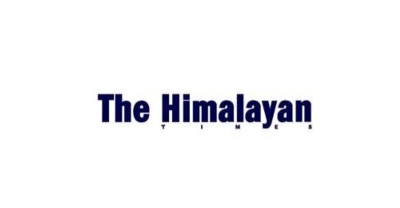Altruism at work
The Nepal Medical Council’s revelation that not even one doctor — that is only 0.7 — is available to treat one lakh underprivileged folks is indicative of the pathetic health services in the country’s remote corners. Given such dismal statistics, the initiative of the non-profit making Nick Simons Institute (NSI) to focus on providing high quality training to middle level healthcare personnel, awarding scholarships, and above all, retaining their services through incentives is laudable. It is hoped that our policy-makers and the wealthy would draw a leaf from this praiseworthy philanthropic chapter. Like the New York-based Simons, the government, too, should acknowledge the reliable role being played by the middle rung employees who are the ones to actually man the posts in the absence of doctors. The NSI with the help of the Council of Technical Education and Vocational Training proposes to churn out skilled health assistants and auxiliary health workers in the fields of anaesthesia administration, biomedical teach, oral health, mental health etc. Training plans for upper-level staffers like skilled birth attendants and primary trauma care attendees is also on the anvil. The Simons have donated Rs. 380 million to establish the NSI in memory of their son Nick Simons who worked in Nepal for nine months and wanted to do whatever possible for the Nepalis but unfortunately was drowned while swimming in Bali, Indonesia, in 2003.
Development in Nepal’s health sector has been lopsided. Statistics reveal that there are 117 doctors for every one lakh Kathmanduites whereas even para medical staff and essential medicines are out of reach in rural health posts. To worsen the situation, routine bandhs have taken the toll of several patients for want of medical attention. The government should, therefore, plug the yawning gap between the rural-urban divide in terms of health facilities. Stricter implementation of rules can surely ensure better results.





